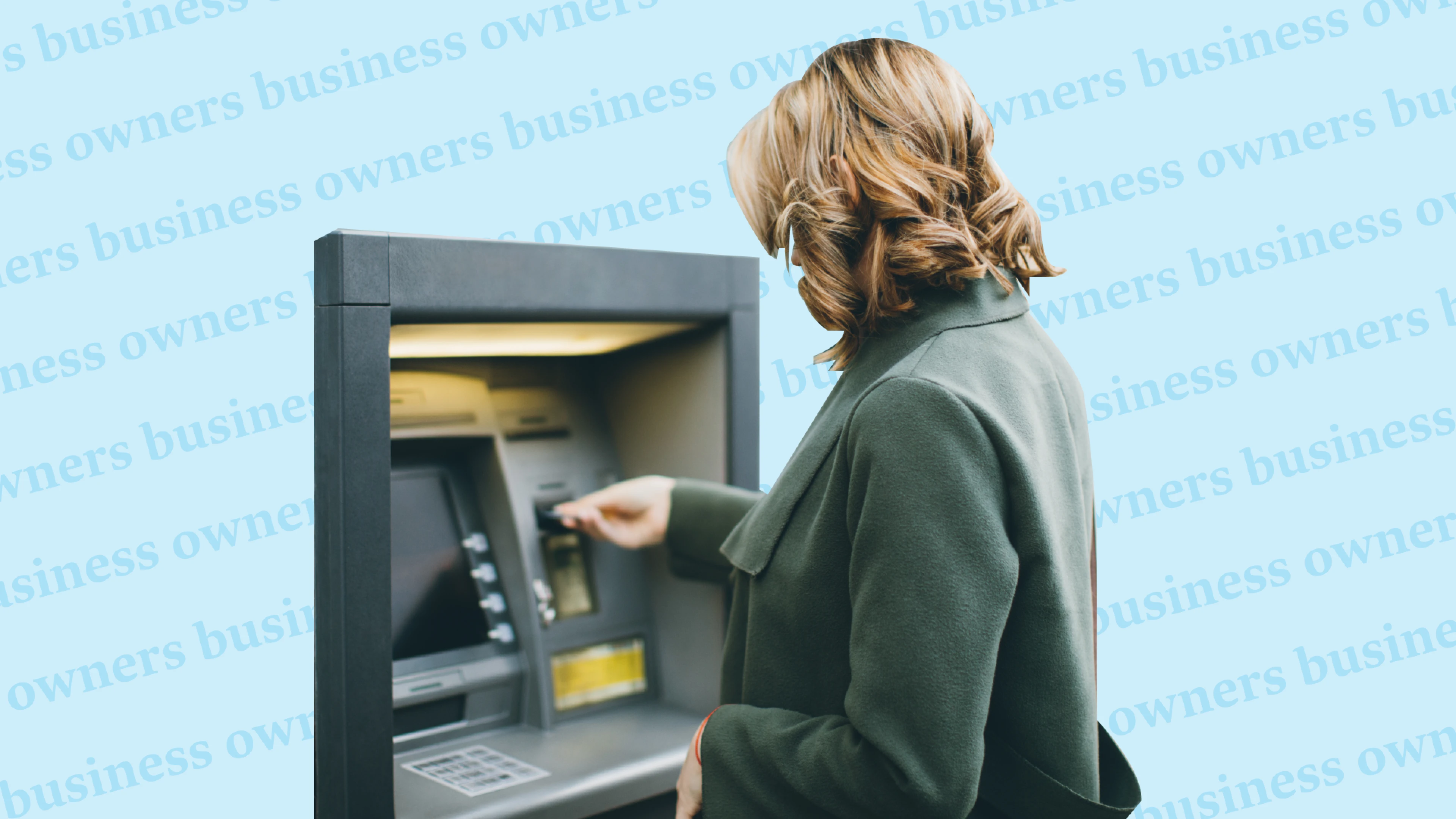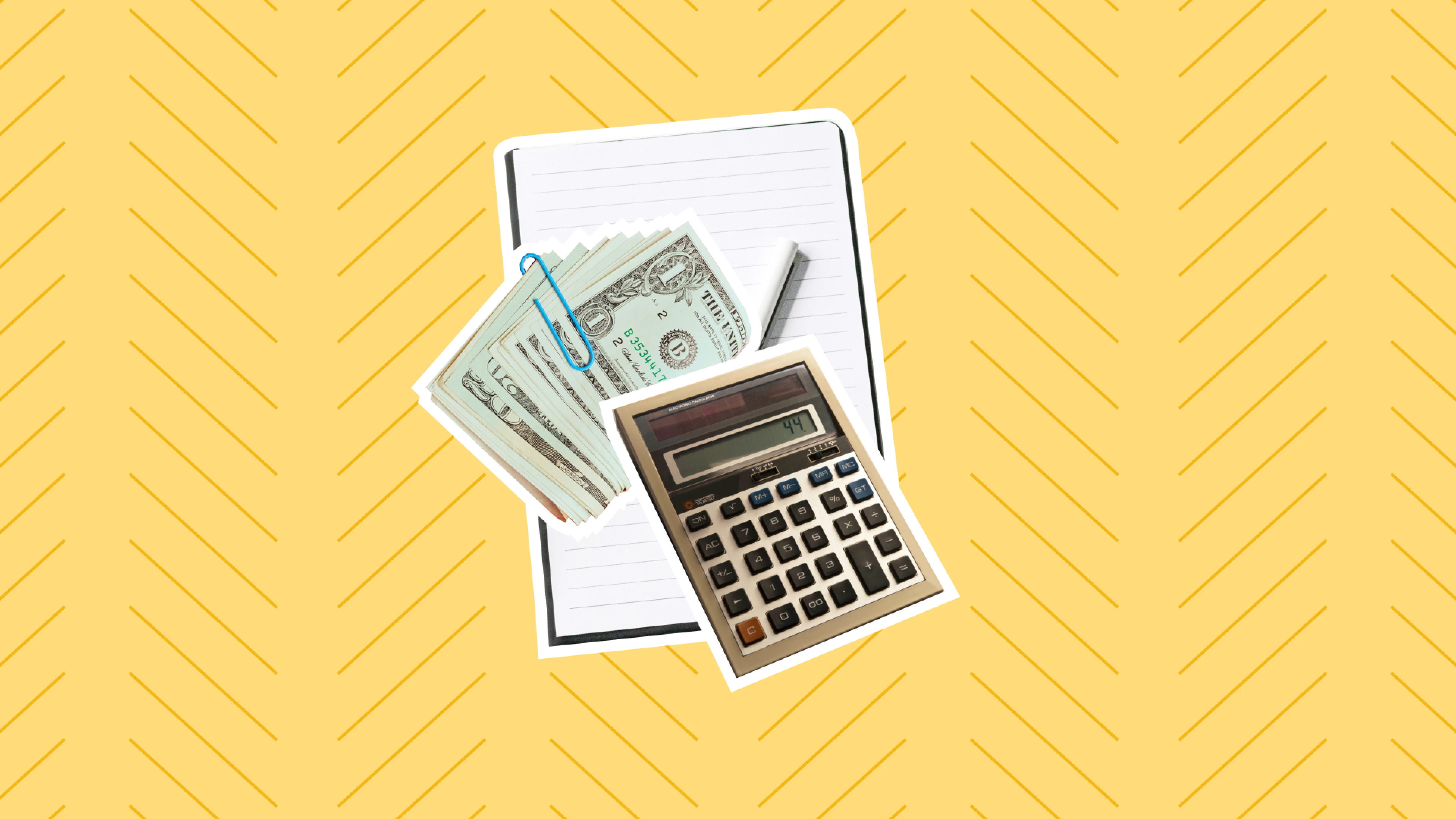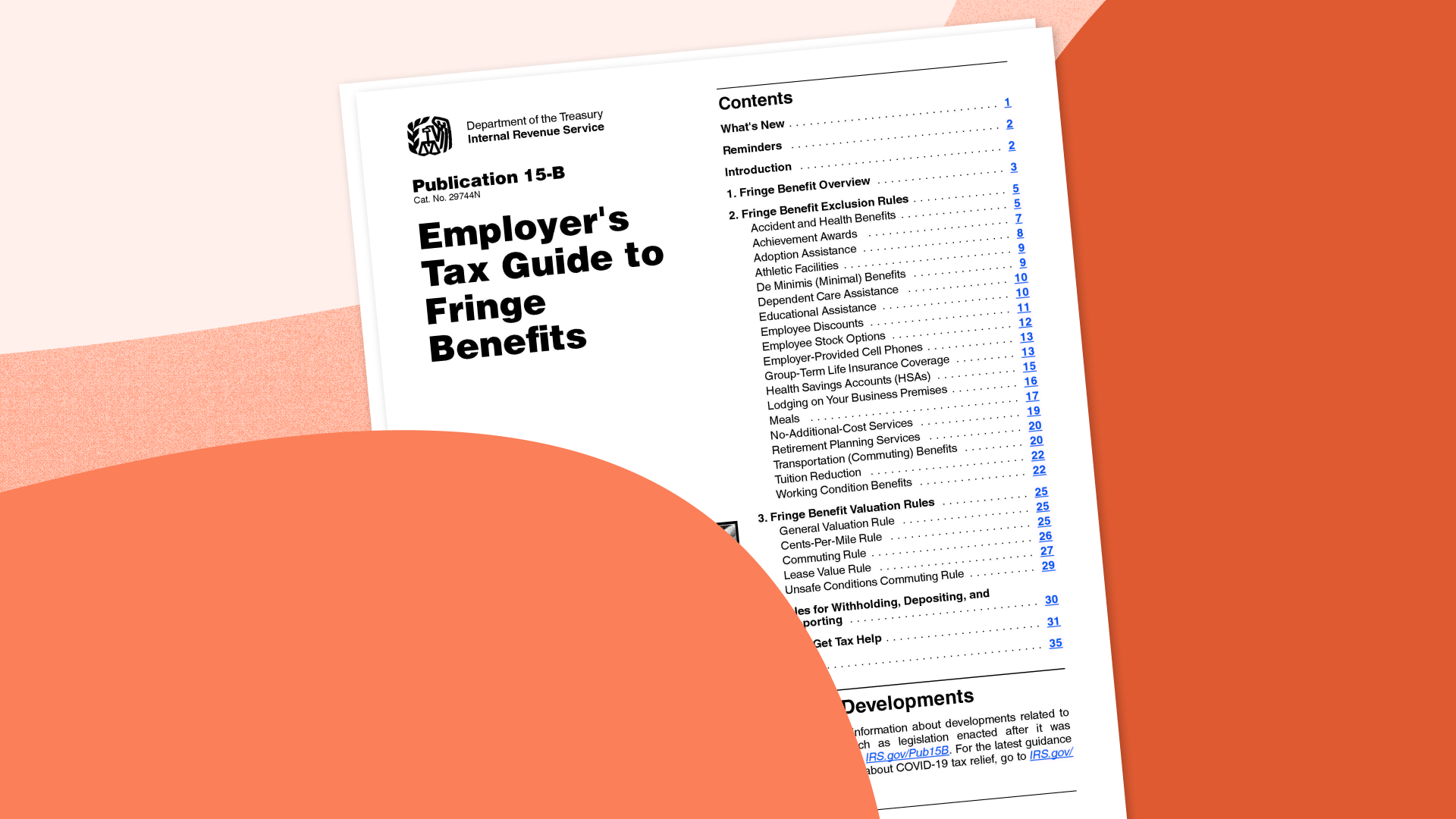What Is An Owner's Draw?
The Balance Sheet: Sole Proprietorship
The Balance Sheet: Partnership
The Balance Sheet: LLC
In many businesses, employees are paid wages or a salary, and that compensation is subject to income tax withholding and employer taxes.
But sole proprietors, partners in a partnership, and the members of a limited liability company are not paid wages because they are considered to be self-employed. So how do such individuals take money out of the business? These amounts are commonly referred to as an owner's draw.
We've built a handy reference sheet that outlines how owners can be paid. Download this guide to the owner's draw now.
What Is An Owner's Draw?
Technically, an owner's draw is a distribution from the owner's equity account, an account that represents the owner's investment in the business.
Owner's equity is made up of any funds that have been invested in the business, the individual's share of any profit, as well as any deductions that have been made out of the account. That means that an owner can take a draw from the business up to the amount of the owner's investment in the business.
As we outline some of the details below, keep in mind that owner’s draw is not as tricky as it may seem at first glance. The key is to keep the business's finances totally separate from personal finances, so that the flow of money from the business to any personal account is clearly documented, and to observe corporate formalities.
The Balance Sheet: Sole Proprietorship
Every business financial statement has at least five basic parts:
Income
Expenses
Assets
Liabilities
Equity
The profit and loss statement shows the business's income and expenses, and the difference is either a net profit or a net loss. On the balance sheet, the total assets should be equal to the sum of the liabilities and equity.
For a sole proprietor, the equity section of the balance sheet will have at least three items:
Owner's Initial Equity
Owner's Draw
Net Profit or Loss
When a sole proprietor starts their business, they often deposit their own money into a checking account. This is recorded on their balance sheet as a debit to checking (an asset) and a credit to their owner's initial equity account.
When that business becomes profitable, the owner’s income will be greater than their expenses, and the balance in their checkbook will increase. In order to balance their balance sheet, they have to add the net profit to their equity.
At this point, the owner can draw funds from their equity account by writing a check, thus crediting their checking account and debiting their owner's draw account. The transaction only affects their balance sheet, so it is not recorded on the books as an expense.
Related post: What is Employee Expense Reimbursement and How Does it Work?
A sole proprietor pays income taxes based on their net profit. As long as the equity account is greater than zero, they can continue to take draws from the business.
The Balance Sheet: Partnership
In a partnership, two or more individuals will share the profits and pay income taxes on those profits. A partner's share in a partnership is not necessarily based on the amount each partner has invested in the business, so an owner's share of the business's equity may not be the same as their share of the profits.
A partnership agreement is used to specify each partner's share of the profits or losses of the business. Taxes are paid on the partner's share of the profits.
On a partnership's balance sheet, each partner's equity has to be tracked separately, either on the balance sheet itself or in a set of subledgers.
For example, in a two-person partnership, one partner may have invested all of the start-up funds, but the partnership agreement specifies that each of them will have an equal share in the profits. However, each partner's equity has to be tracked separately because the one partner's equity is the sum of their investment and any profits, and the other partner's equity consists only of their share of the profits.
Each partner may draw funds from the partnership at any time up to the amount of the partner's equity. A partner may also take funds out of a partnership by means of guaranteed payments. These are payments that are similar to a salary that is paid for services to the partnership.
Guaranteed payments are an expense that reduces the partnership's profits. However, these are not wages subject to income tax withholding, so the partner will have to report these payments as income on their tax return, whereas the draws are not treated as income.
If a partner receives guaranteed payments during the year, their Schedule K-1 will report their guaranteed payments as a separate line item from any draws taken that year.
The Balance Sheet: LLC
What is an LLC? A limited liability company (LLC) is a special legal entity that has some of the legal protections of a corporation, but it is taxed as either a single-member sole proprietorship or a multi-member partnership. Therefore, the procedures for owner's draws for an LLC are the same as those described above.
Handling owner's draws doesn't have to be complicated. Only income and losses have to be reported on individual income tax returns. Draws simply reduce the owner's equity as they recover their initial investment or take the profits out of the business.
Paying owner's draws is even easier if you use a PEO for your business. As a Justworks customer, you can schedule an owner’s draw a payment for the amount needed, and we can help with your reporting questions. There are many challenges to running a business, but getting paid doesn’t need to be one of them.
Learn more with Justworks’ Resources
Scale your business and build your team — no matter which way it grows. Access the tools, perks, and resources to help you stay compliant and grow in all 50 states.







